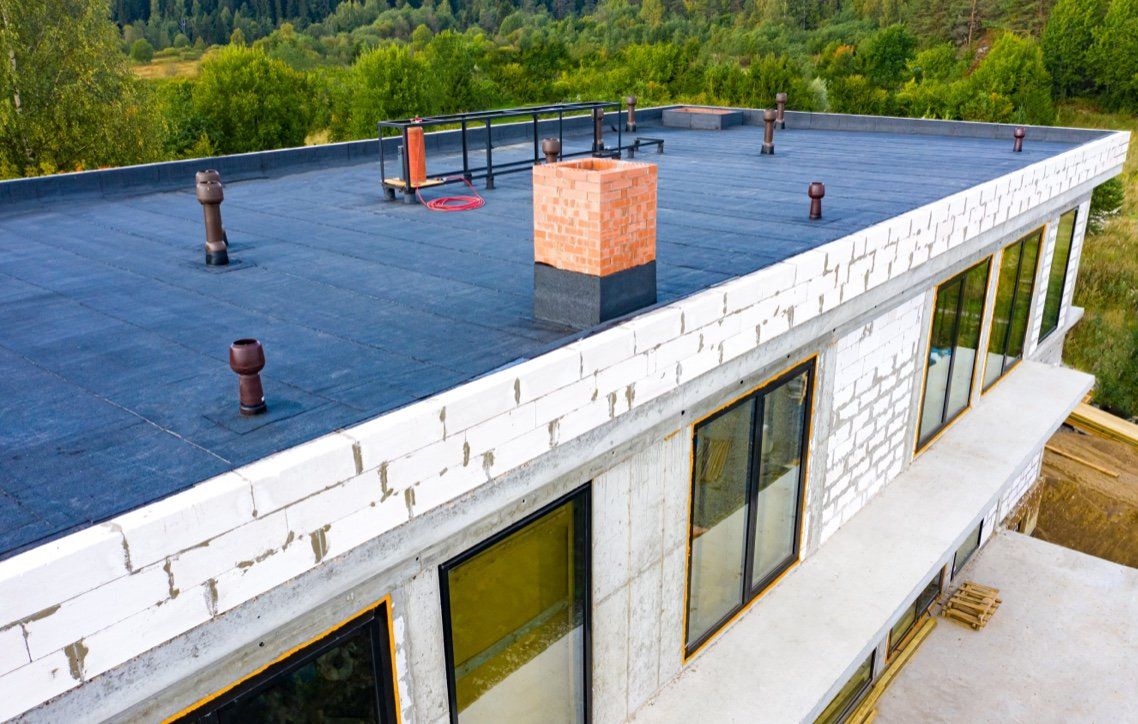Not sure whether to choose a flat or sloped roof? Understanding their pros and cons will help you make an informed decision based on your needs, budget, and building style. Here’s an overview to help guide your choice.
Pros and Cons of Flat and Sloped Roofs
Advantages and Disadvantages of Flat Roofs
- Advantages: Cost-effective, easy to construct, and great for additional space like HVAC units or rooftop gardens.
- Drawbacks: Flat roofs require frequent upkeep to prevent water from pooling and can develop leaks if not properly maintained.
Understanding Sloped Roofs
- Pros: Sloped roofs offer superior water drainage, are long-lasting, and enhance the aesthetic value of your building.
- Drawbacks: Higher upfront costs and more complex construction.
Understanding the Truth About Flat Roofs
Contrary to popular belief, flat roofs aren’t truly flat. They have a subtle slope for water drainage. Flat roofs can be just as durable as sloped ones with the right materials and maintenance.
Choosing Between Flat and Sloped Roofs: What You Need to Know
Here are the key factors to consider when choosing between flat and sloped roofing:
- Costs: Flat roofs tend to be cheaper upfront, but sloped roofs may offer more savings over time due to their longevity and lower maintenance needs.
- Materials: Common materials for flat roofs include EPDM or TPO, while sloped roofs are usually made of asphalt shingles, tiles, or metal.
- Building Design: Consider the building's architecture, climate, and intended use. Flat roofs work well for modern aesthetics, while sloped roofs suit traditional homes and areas with heavy rainfall or snow.
How Weathercraft Can Help You Choose the Right Roof
At Weathercraft, we specialize in both flat and sloped roofs. Our team provides tailored recommendations based on your building's design, climate, and budget. With decades of experience, we ensure top-notch materials and craftsmanship for every project. We ensure top-notch materials and craftsmanship for every project.
